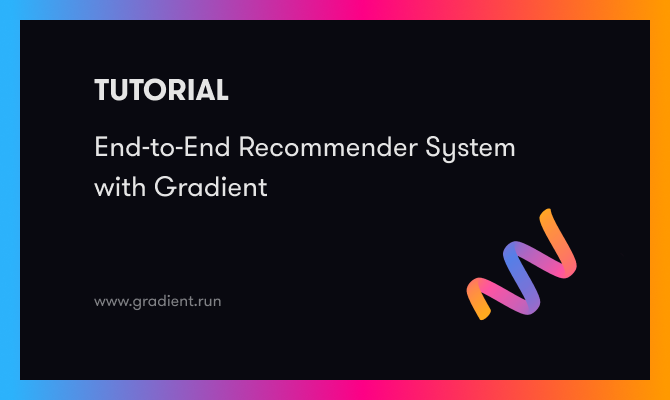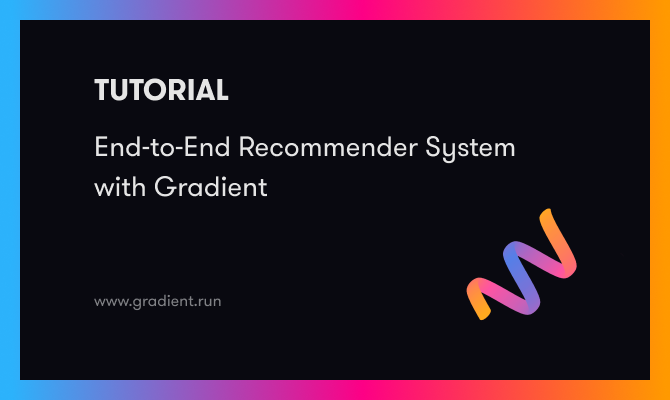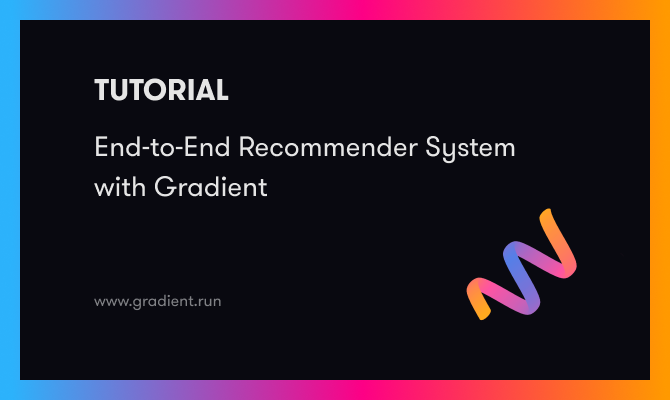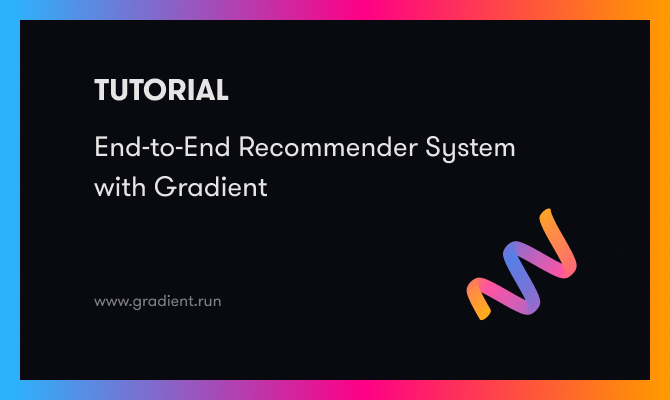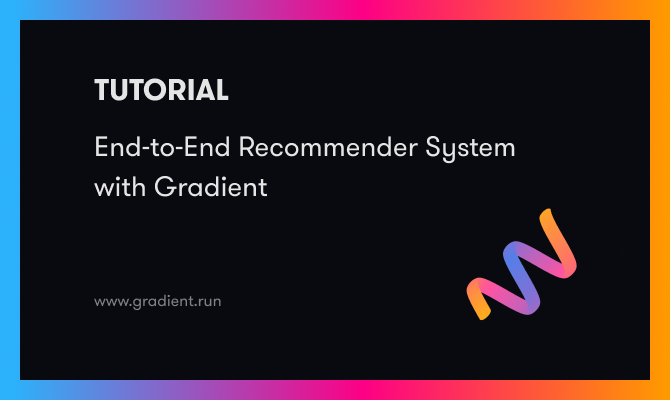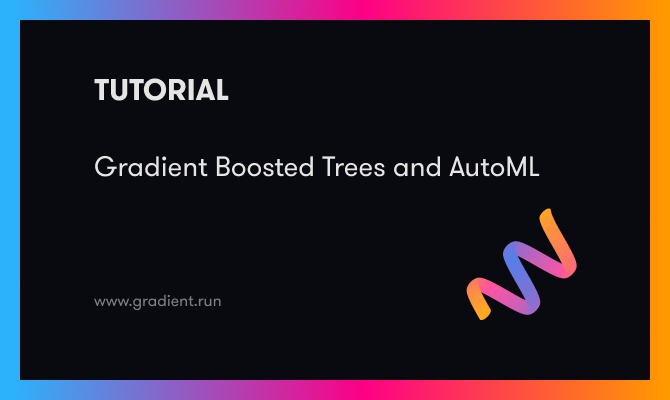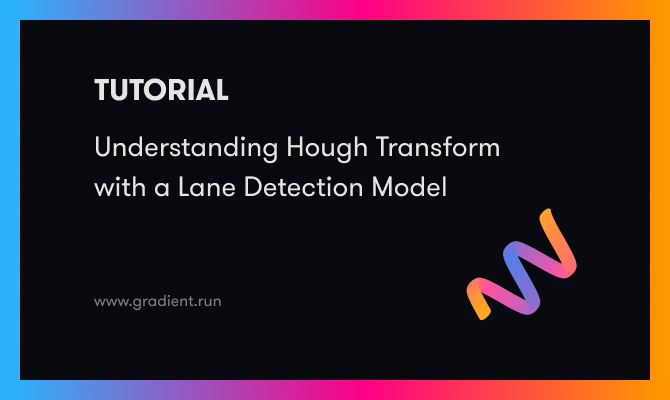End-to-End Recommender System with Gradient - Part 6: Conclusion and Next Steps
In this final part of the six-part series, we recap the main points from the series, and point to next steps, both for this work in terms of other things that Gradient can do, and for the reader who would like to learn more.

